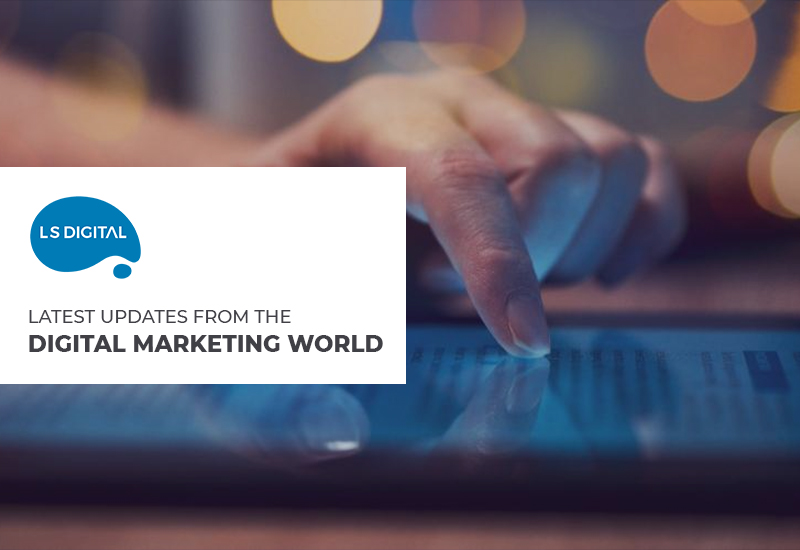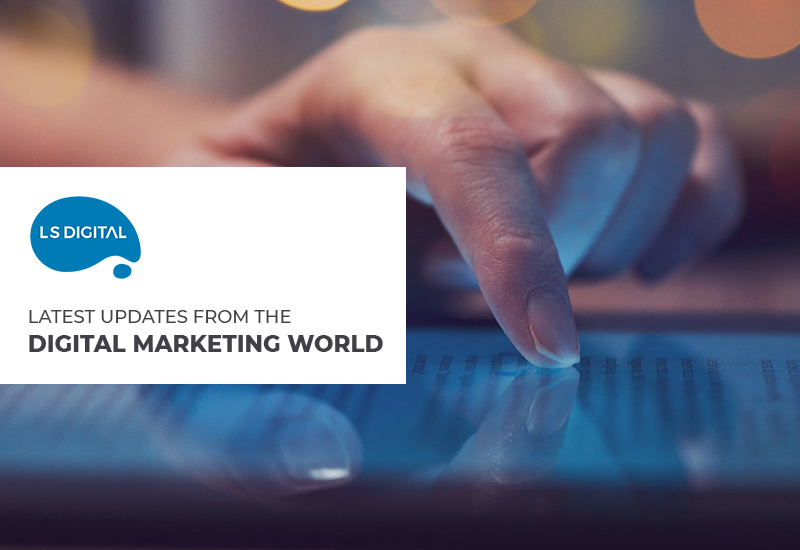It’s a half-full, half-empty scenario. You could be seriously undermining the potential audiences outside your buyer personas by boxing your online marketing strategy around a fixated customer demographics.
Let us explain the above statement with an example. Consider the case of a fitness wear brand whose target audience is women in their 20s and 30s. However, an in-depth look at web analytics for the brand’s e-commerce website reveals that they attract significant traffic from other women who lie outside this age group.
By leveraging this data, the brand can convert these outliers (casual visitors beyond their target demographics) into paying customers. The brand can alter their marketing strategies or increase product categories to appeal to women of all ages, thereby boosting sales and revenues through these insights.
On the other hand, if the brand doesn’t focus on web analytics, it’s likely to lose out on crucial conversion opportunities – as they would not have looked beyond their standard buyer personas.
Brands should avoid getting trapped by a Limited Tunnel Vision of their Audience
As this example illustrates, it is crucial for businesses to look beyond typical customer personas and consider the demographics of all current site visitors. Having a clear picture of the entire web audience helps businesses convert casual onlookers into paying customers.
Once they accurately understand and segregate traffic categories, businesses can better channelize their marketing efforts, allocating the right budgets for various marketing campaigns, thereby enjoying higher conversions.
How to perfect Web Audience Intelligence?
To get an accurate picture of the current web audience, marketers must monitor both web analytics profiles and social advertising platforms. Here are a few guidelines on how marketers can learn about their true audience on different platforms:
- Google Analytics
By using various segmentation features and lists on Google Analytics, brands can get a clear picture of customer conversions based on age and gender. Additionally, it’s also possible to find out how age and gender are related to other user behaviour metrics like time spent per session, bounce rates and pages per visit.
This gives a clear picture of who is visiting the site, as well as who is converting, thereby helping brands get better insights into their web audience.
- PPC Ads
PPC ad analytics help brands understand searcher intent, thereby moving visitors from down the funnel into upper levels. With that said, marketers have a hard time trying to understand why, despite high click-through-rates, the conversion rates remain low.
By using audience demographics (like age, gender, household income, etc.) from Google AdWords/Bing Ads, marketers can compare how different factors contribute to CTR, CPC, Cost per conversion and other key metrics.
Let’s take the above example of the fitness wear brand. If they find that they get plenty of ad clicks from women aged 40 and above, but poor conversion rates, then the brand can understand that they have to restrict ad clicks from certain demographics or alter the content to suit this demographic. If they take the second approach, they can come up with new product sizes and styles to appeal to this audience category and get them to convert into paying customers.
- Facebook Ads
Marketers can compare data like the age and gender of the followers obtained from Facebook Insights with the data from Google Analytics to find out if there is any difference between the general followers on FB and the visitors on the site.
- LinkedIn Ads
LinkedIn doesn’t offer ad insights based on age and gender. Instead, it shows audience segmentation based on levels. Using the insights offered, marketers can find out if their ad clicks on the platform are coming from senior-level employees or entry-level employees.
- Twitter Ads
Twitter doesn’t offer detailed insights into followers, like Facebook. However, the platform provides gender and marital status insights. Marketers can use this data to compare it with insights from other platforms.
The Key Takeaway
While it’s healthy for brands to develop buyer personas to channelize their marketing efforts, it’s crucial not to miss out on sales opportunities beyond the pre-defined personas.
By using data derived from all the platforms mentioned above, brands can gain a clearer understanding of website visitors, converters and how it varies from pre-defined buyer persona, thereby strategizing their marketing efforts to appeal to their entire web audience.




